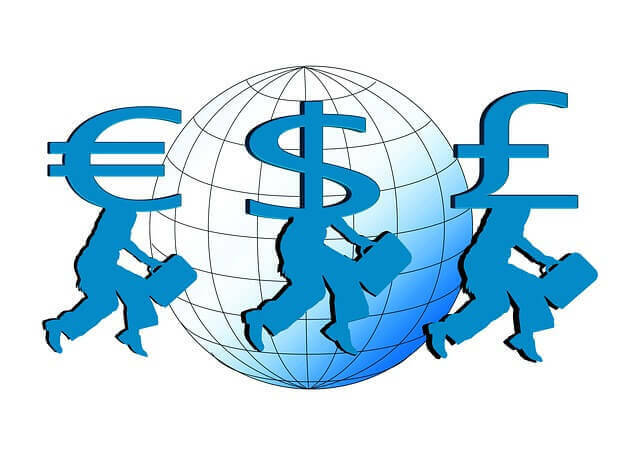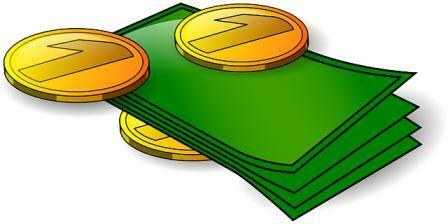anarchism more than a thought and a political movement, it is a constant struggle of millions of revolutionaries for a social change of common welfare through the revocation of the power and interests of the state leadership.

Advertisements
A struggle for a freely organized society, against the bourgeoisie, capitalism, privileges, distinctions social, religious differences and all forms of coercion that threaten solidarity, freedom and social equality.
The currents of anarchist thought have been very diverse, some pacifist, others more violent, but they are all united by one fight for a more egalitarian society free from repression.
Advertisements
Although anarchist movements have lost strength since the 1960s, these have not been completely extinguished, some have only been modernized but maintaining the foundations of the anarchism.
To understand the role that this political and social movement has played around the world, in this post we will explain 3 examples of anarchist movements that have emerged in history.
Advertisements
In this article you will find:
Paris Commune (1871)
It was the revolutionary social movement that remained latent for two months in the French capital, it is considered the first and most important movement of the working class in the history of the world.
The movement emerged as a product of social inequalities in the mid-nineteenth century, because despite the changes that were generated with the French Revolution, the social differences between the industrialized bourgeoisie and an impoverished working class had become more acute.
Advertisements
The government led by Adolphe Thiers it only served the bourgeoisie, with little willingness to meet the social demands of a mostly working-class population.
the rebellion brought with it a violent social movement for the repression, which caused deaths, convictions and exile, known as the bloody week.
Advertisements
Despite its high cost, new political and social measures were promoted quite revolutionary for the time, such as the approval of the equal pay between men and women, the reduction of working hours to ten hours, as well as the separation of the church from the state.
Likewise, the self-management of factories was approved when they were abandoned by their owners, the creation of nurseries for the children of the working class, the elimination of the payment of interest on debts, among others measures.
Mexican anarchism in the 20th century
Mexican anarchist movements date long before the Mexican Revolution, with the Mexican Liberal Party (PLM), followers of the ideology of anarcho-communist thought, a political movement that had a great influence on the Mexican Revolution.
The Mexican Revolution was an armed uprising that emerged in Mexico in 1910, led by Francisco Madero to overthrow the government of the president Porfirio Diaz.
The causes of the rebellion were due to different political, social and economic natures.; as a fight against social inequality, labor exploitation and a lack of freedom of expression, among other reasons.
The PLM anarchist movement I also lead”The Baja California Rebellion in 1911; the main ideological influence of the PLM was Pyotr Kropotkin and his work"The conquest of bread which they considered as the guide to follow their movement.
In addition, the Manifesto and Program of the Mexican Liberal Party (1906), served as the basis for some of his proposals to be included in the Political Constitution of the United States of Mexico from (1917); such as the reduction of working hours, the prohibition of child labor, labor compensation for work accidents, among others.
For the year 1941, the Mexican Anarchist Federation was created, which generated great influence in the labor movement.
The Chilean labor movement of the 20th century
At the beginning of the 20th century, the Chilean working class lacked labor and social legislation. to provide them with security and protection of their fundamental rights as workers.
Which leads to, in the first decades of the 20th century, there will be different demonstrations and strikes to demand better living conditions, but it had a high cost for Chilean society as a result of a violent repression.
Events like those of the “red week” in 1905, “The Massacre of the Santa María de Iquique School” in 1907; They were violent events that motivated the worker to establish alliances, through resistance societies, Anarcho-Communist organizations, the Chilean Regional Workers Federation (FORCH), among other trade union organizations united for the same purpose.
For the year 1931 the supporters of the anarchist movement created the General Confederation of Workers of Chile (CGT); and in 1950 National Unitary Movement of Workers (MUNT).
For the year 1957 the movement libertarian july 7 led by the anarchist leader Ernesto Miranda.
With the dictatorship of Augusto Pinochet from 1973 to 1990 the strong repression and political persecution weakened the strength of the communist movement in the country; however, after Pinochet's fall from power, Chilean anarchism has gradually resurfaced in the country.


